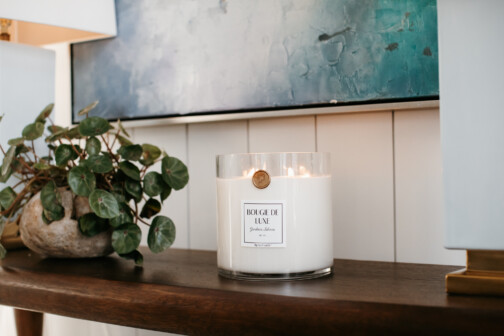
In 2012, the Dallas-based wellness-company Ultimate Health Matters achieved its highest levels of enrollment and program completion, expanded its service area, and rolled out two new programs that target two U.S. healthcare cost drivers: obesity and tobacco use.
The new programs—Real Weights, a 12-week weight-management program, and Curb Tobacco Now, a tobacco-free program, boast a 95 percent completion rate, UHM says. The company spent a year developing the two programs, which involve sessions, homework, and accountability. It’s everything that would be involved in a program like Wight Watchers, said co-founder Lisa Choate, but provided through one-on-one sessions, to retain the company’s “high touch” approach. Both programs are also available in Spanish, something exclusive to UHM.
Through the 12-week weight-loss program, participants lost an average of 11 pounds and 1.5 inches from their waists. Thirty-two percent of smoking cessation participants were able to quit using tobacco products, and 68 percent reduced their use.
In 2012, UHM clients saw a reduction in average medical claims of greater than 30 percent, the company reports. Employee enrollment and program completion hit record highs. An average of 30 percent of participants moved out of high-risk status, while 50 percent were able to increase physical activity due to improved eating habits.
The goal of the wellness programs, Choate said, is not to drop every extra pound or even to completely quit smoking, but to give participants the tools they need to make a sustainable choice in their lives even after the program is over.
And, notes Choate, after the 12 weeks are up, participants are able to call their coaches for advice. “So if there’s one week where they’re trying to create a meal plan, and they just need to go back and get a refresher … they can call that coach at any point in time after they’re out of the program and know that they can get support and guidance,” Choate said.
Choate and Jana Long created UHM in 2005, after 45 years of combined experience at the corporate executive level, in addition to certification in various fitness and nutritional programs. They say what sets UHM apart is the one-on-one treatment and attention participants receive.
At the time the company was founded, Choate and Long had been seeing a lot of wellness programs target large companies, but there wasn’t much out there at the small to midsize company level, which UHM still caters to today. Except for one large client, most have fewer than 5,000 employees. About 45 percent of UHM business is in the North Texas area; clients include Texas Instruments, Fort Worth Transportation Authority, and Independent Bank.
Another customer is Carrollton-based Action Stainless & Alloys, which has about 100 employees in several states, including Texas. One of the main reasons it chose UHM, said Human Resource Director Benita Nesby, was because UHM visits each of its locations at least once a year.
AS&A previously handled its own wellness program, Nesby said, but it didn’t really work. That was six years ago. At that time, said Choate, wellness awareness was just beginning to take off.
“We were certainly starting to see obesity rates increase,” she said. “We were starting to understand that there is a direct relationship between weight—not managing a healthy weight, but it turning into diabetes and heart disease. Those are chronic conditions that cost both the employee and the employer more in the long run.”
UHM’s wellness strategies are evidence-based and tout benefits such as reducing reactive medical care expenses, reducing absenteeism and worker compensation claims, increasing employee productivity, increasing retention, increasing morale, and enhancing recruiting efforts.
In the six years AS&A has worked with UHM, the company has kept healthcare increases to the single digits. Besides salaries, healthcare is AS&A’s greatest expense.
“We’ve had a year than was a zero—a pass, that very rarely happens—two years at 5 percent, and three at 3-5 percent,” Nesby said. The numbers don’t include last year, during which AS&A had handful of uncontrollable large claims, which Nesby said are not related to wellness.
With an eye toward savings, employers have begun to warm up to the idea of preventative care.
“Healthcare costs have done nothing but skyrocket,” Choate said. “Employers have done whatever they can do to create different plans, cost shifting to the extent they can possible, so now the only thing we can really focus on is improving the health of the employee. And understand the relationship between lifestyle behaviors impacts our health risks which also has a direct impact on trends and costs.”






